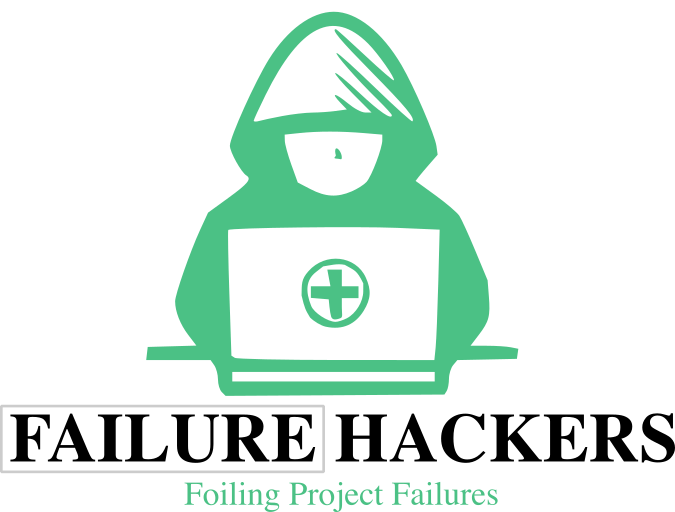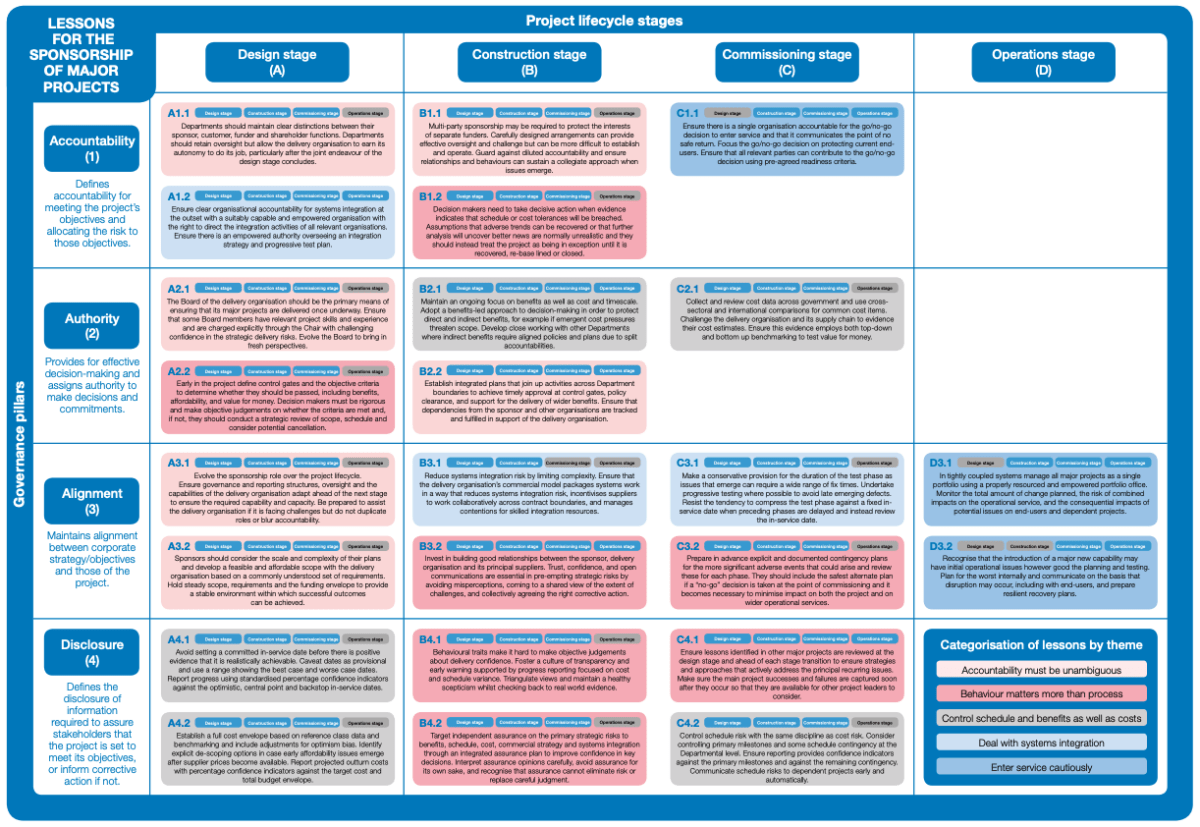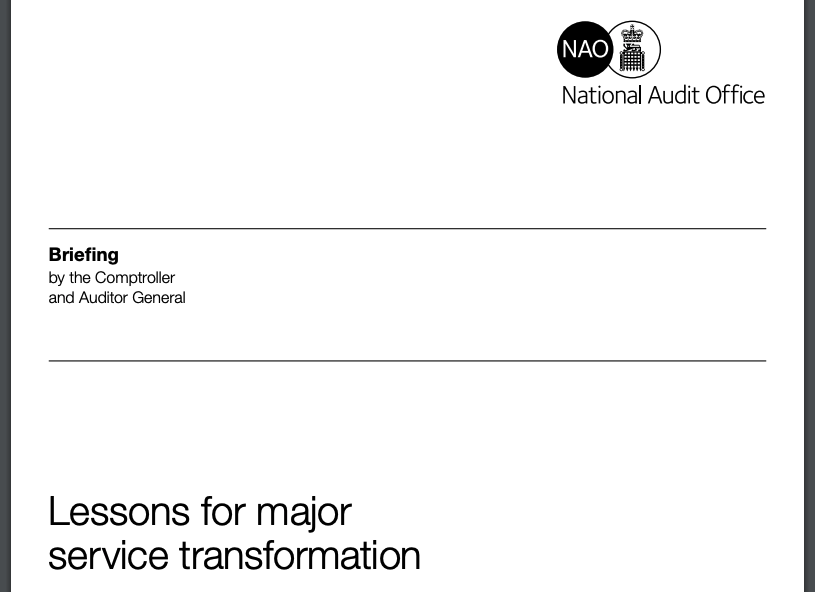The causes of project failure can be chameleon like in their manifestation and rarely is there a single catastrophic event that leads to the downfall of the project.
Types of Causes
There are two types of causes that you should be aware of and the importance revolves around whether the causes you expend effort to address are within your sphere of influence and control or not.
Just a Cause
There are the simple plain old causes that happen. Someone was sick so a report was missed.
There was a delay as a result of the supply-chain failing to deliver a part on-time.
These causes occur and they leave little impact and are genuine one-off causes that were a product of circumstances that are unlikely to happen again and if they did, it would be infrequent and the impact would again be minimal.
Some causes are the result of something else further up the branch.
The problem with causes is that you can expend time and effort to remedy them but they may not be the root of the problem.
Root Causes
If you are investigating a cause of a problem then you should always seek to find the remedy that ensures the cause (and its symptoms that are time consuming and distracting) cannot occur again in the future.
‘Root causes’ are causes (when resolved) that save significant time, effort and delay down the line.
By eliminating a root cause, you eradicate any downstream causes and all the symptoms that would be generated from those causes.
Fixing Root Causes provides a compounding effect.
Not only for now and this incident but for all future incidents that this root cause would have generated in the future.
Fixing root causes provides a compounding effect. Effectively preventing future project failures as a result of these causes in the future.
Read about Root Causes and what to do about them next.





